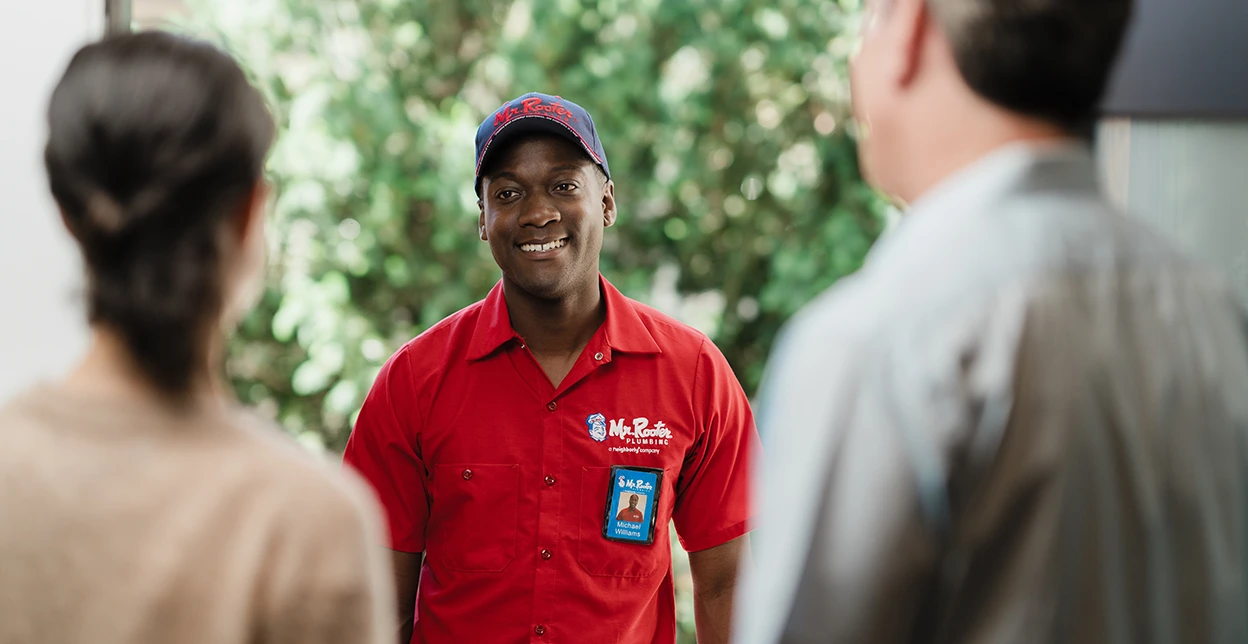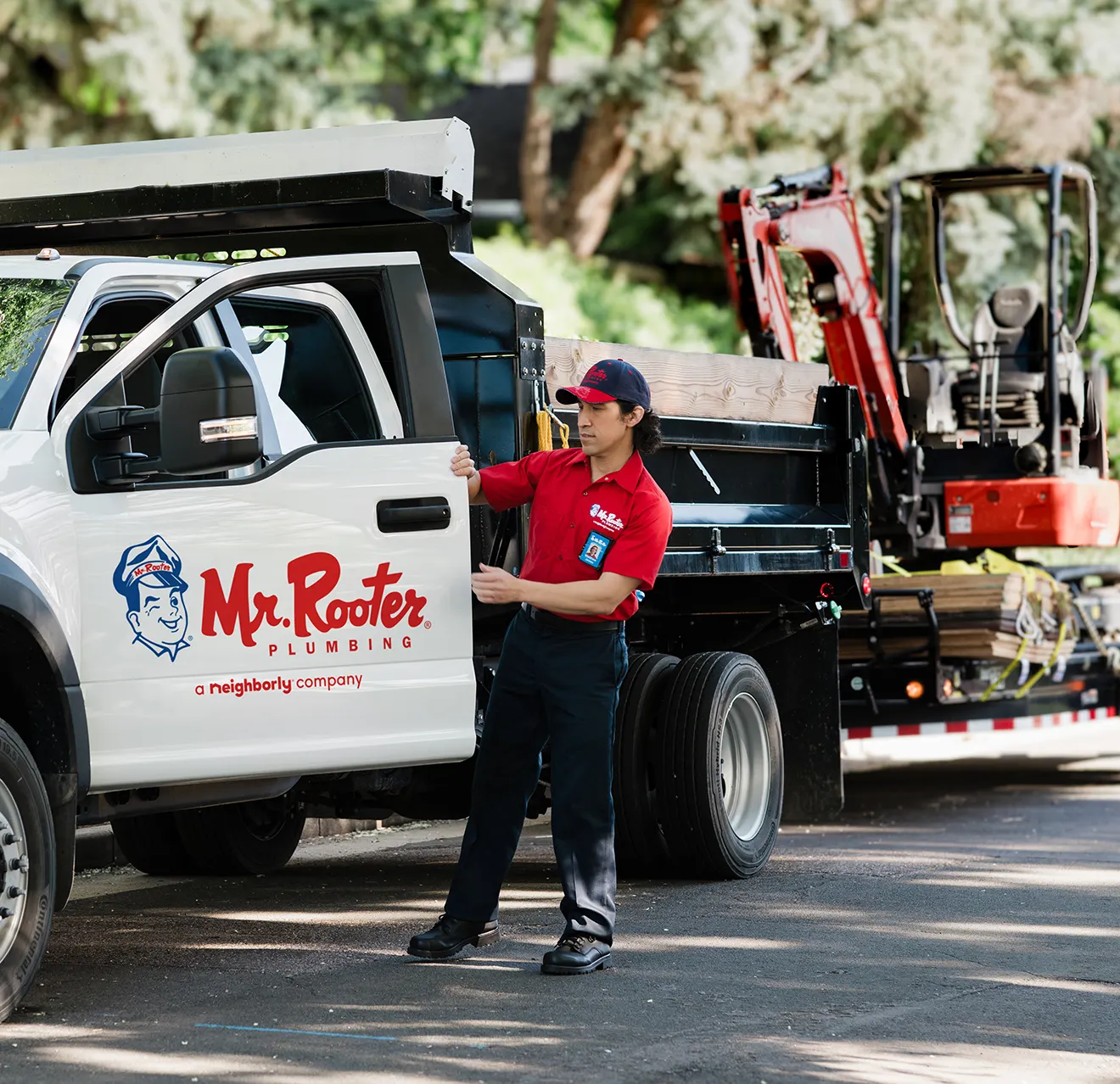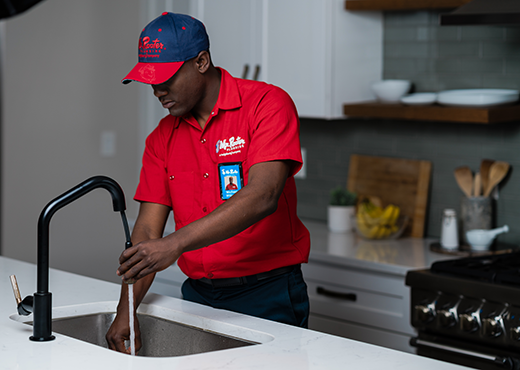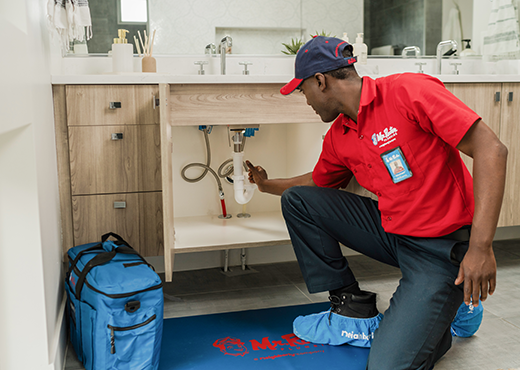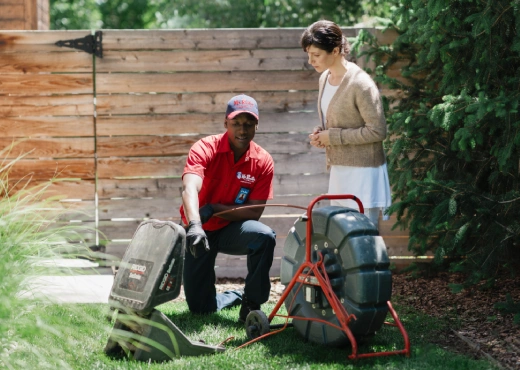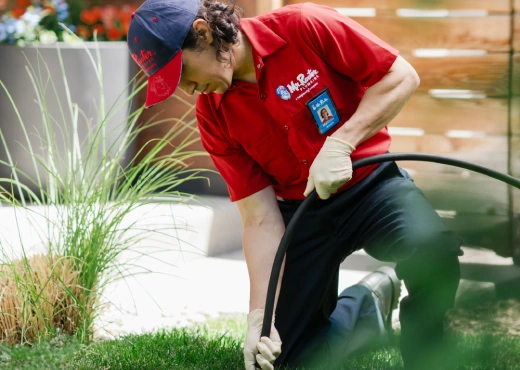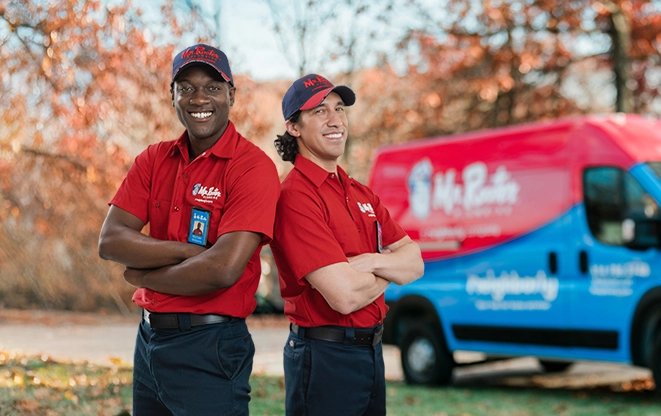Your sewer line might not be something you think about often, but when it breaks, you’ll wish you had. A damaged sewer line can cause serious disruptions to your home life, leading to unpleasant odors, messy backups, and even property damage. Thankfully, Mr. Rooter Plumbing of Memphis offers trenchless sewer repair—an advanced, non-invasive solution that keeps your property intact while quickly restoring your plumbing system.
We’re your trusted local plumbers with decades of experience serving the greater Memphis area. Our team prioritizes your home, your schedule, and your peace of mind. We offer upfront pricing, courteous service, and innovative technology to get the job done right. Don’t let sewer issues wreck your landscaping or your week—choose trenchless sewer repair done the smart way.
Call today or reach out to us online to schedule your trenchless sewer line repair in Memphis, TN!
